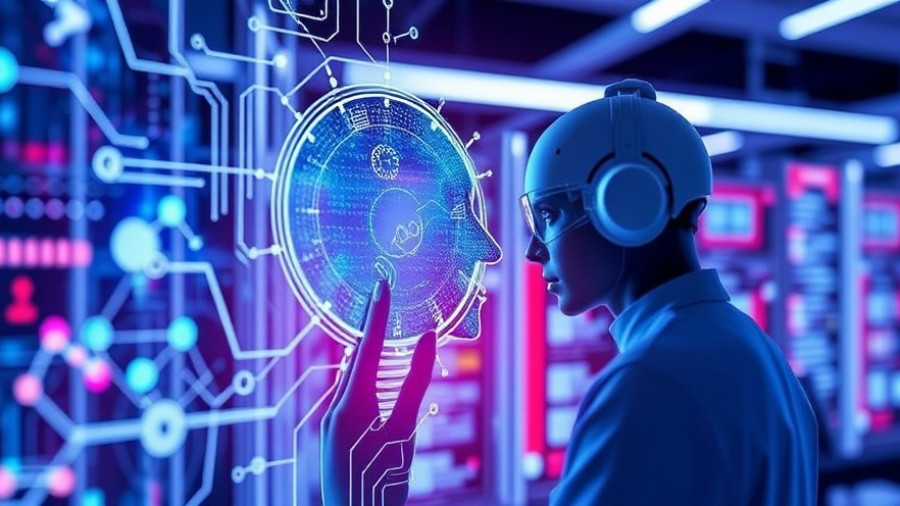
South Korea's Cybersecurity Crisis: A Monthly Wake-Up Call
South Korea, known for its lightning-fast internet and digital innovations, is facing a persistent cybersecurity crisis. Reports indicate that 2025 has brought to light significant vulnerabilities in the nation’s digital architecture, with high-profile data breaches occurring almost every month. From telecom giants like SK Telecom to online retail platforms, no sector seems immune, exposing millions of citizens to serious risks.
Fragmented Cyber Defenses Threaten National Security
The primary alarm comes from South Korea's fragmented approach to cybersecurity. Government agencies often operate in silos, leading to delayed responses during crises and a lack of coordinated effort to combat cyber threats. Amid increasing sophistication of attacks, industry experts emphasize the urgent need for a cohesive, unified strategy to safeguard the digital landscape.
The Vicious Cycle of Talent Shortage
A pervasive shortage of skilled cybersecurity professionals is exacerbating the problem. As reported by Brian Pak, CEO of Theori, the fragmented working styles of various ministries hinder workforce development, creating an ongoing cycle where the lack of expertise impedes the establishment of robust cyber defenses. Without skilled personnel, proactive defenses become nearly impossible, leaving organizations vulnerable to repeated attacks.
The Impact of Geopolitical Tensions
Adding a layer of complexity are geopolitical tensions, particularly with North Korea. Such hostility encourages targeted cyber espionage efforts that seek to undermine South Korea’s infrastructure. State-sponsored hackers often employ sophisticated techniques, including artificial intelligence-generated deepfakes, and have exploited traditional cultural practices that sometimes prioritize rapid innovation over security measures. As a result, cybersecurity becomes an ongoing battle rather than a proactive defense.
Lessons from Recent Data Breaches
The frequency and scale of recent breaches have highlighted critical lessons. For instance, SK Telecom's breach affected nearly half of South Korea’s population, stealing sensitive customer data such as SIM card contacts and authentication keys. Similarly, attacks on retail platforms like GS Retail and online services have severely exposed consumer data, triggering concerns about trust in digital platforms. This reality underscores the urgent need for companies to adopt more stringent cybersecurity protocols and invest in advanced protective measures.
Future Insights: Building Resilience
Looking forward, the new measures announced by South Korea's Presidential Office, which aim to create interagency coordination for cybersecurity responses, represent a step in the right direction. However, it is crucial for these initiatives not to be politicized, allowing for a balance between governmental oversight and technical implementation. Building resilience entails not just reacting to incidents, but developing a culture of cybersecurity awareness that permeates through public and private sectors alike.
Taking Action: The Way Forward
For professionals in tech-driven industries, this ongoing challenge should serve as a wake-up call. As cyber threats become more sophisticated and relentless, investing in sophisticated cybersecurity frameworks, fostering cooperation among agencies, and spearheading talent development both in-house and through partnerships can bolster defenses significantly. It is imperative for organizations to prioritize cybersecurity not just as a compliance measure but as a core element of their operational strategy.
The call to action for South Korea and its industries is clear: adapt, evolve, and innovate to enhance cyber resilience. The stakes are high, and action must be taken before vulnerability becomes a permanent fixture in a nation renowned for its digital prowess.
 Add Row
Add Row  Add
Add 




Write A Comment